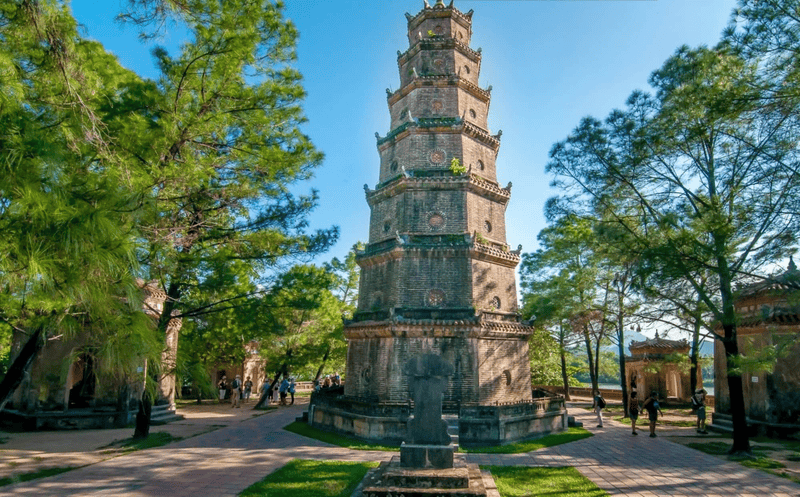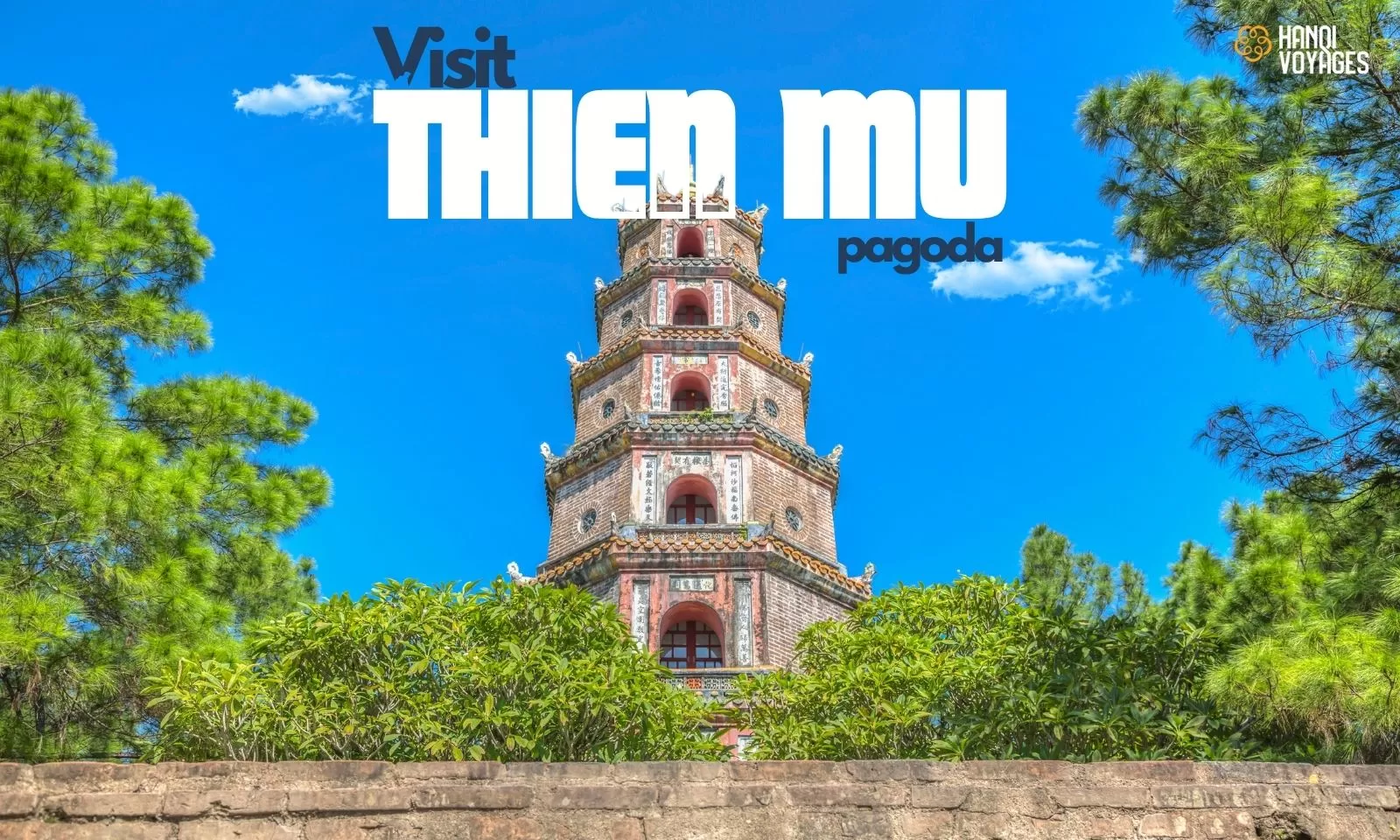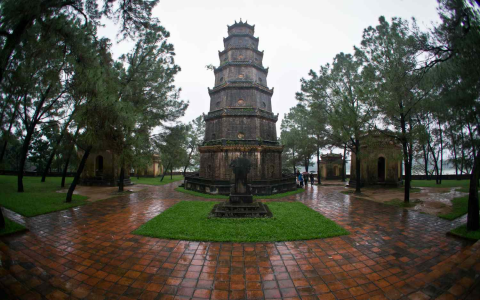Why This Pagoda Matters
Let me tell you why Thien Mu Pagoda isn’t just another pretty temple. Its history hits you right in the face. I figured pictures wouldn’t cut it, so I hauled myself down to Hue in Vietnam to see it firsthand. Man, this place packs a punch.

The Journey Begins
Woke up way too early, grabbed a quick breakfast – just some pho and strong coffee – and headed out. Took a local bus, which was packed tighter than sardines. Sweaty, noisy, the whole deal. Finally got off near the Perfume River and walked the last stretch. You feel it before you see it: that quiet buzz.
First Impressions Hit Hard
Boom! There it was. That famous seven-tiered pagoda just towering over everything. Didn’t look flashy or new; it looked solid. Like it had weathered a million storms. Paid my small entry fee and stepped inside the main grounds. Immediately felt the calm.
What struck me first:
- That tower (Phuoc Duyen Tower): Every single brick seemed ancient. You wanna touch it, feel the centuries packed in. Couldn’t stop staring up.
- The old Austin car: Right there on display. This rusty beast belonged to the monk who set himself on fire protesting the government back in ’63. Seeing it gave me chills. Real history, right there.
- The giant bell: Massive thing tucked away. Stood next to it, imagining the sound shaking the whole city centuries ago.
- The complex: Way bigger than I thought! Not just the pagoda. Found courtyards, meditation halls, monk quarters… it felt alive.
Digging Deeper & Talking Story
Just walking wasn’t enough. Needed context. Found an older gentleman near the main hall who looked like he knew things. Started chatting with my broken Vietnamese (and some hand gestures!). He told me this wasn’t just a religious site.
“Thien Mu,” he said, tapping his temple,“means ‘Heavenly Lady.’” Legend says a lady prophesied a king would build a pagoda here. So he did, back in the 1600s! This place became the royal pagoda for centuries. Emperors came here! That explained the grand feeling, even worn down.

But the real gut-punch was the 20th century. It turned into a hotbed of peace movements. That self-immolation? Happened nearby. The pagoda became this powerful symbol against war and injustice. My new friend grew quiet talking about it. You don’t read that kind of weight in a guidebook.
Leaving Changed
By the time I walked back out, hours had slipped away. My feet ached, I was covered in sweat (heck, it was humid!), and totally teired. But man, my head was buzzing.
I thought I was visiting an old building. But Thien Mu isn’t just bricks. It’s layers:
- Spiritual Heart: Hundreds of years of prayers chanted in these halls.
- Political Powerhouse: Where emperors knelt and monks defied governments.
- Symbol of Struggle: That car isn’t an antique; it’s a scar and a testament.
- Community Anchor: Monks live, work, pray here NOW. You see them tending gardens.
Pictures don’t hold a candle. Standing there, sweating, listening to the soft chants mix with tourist murmurs, feeling the sheer age and the echoes of tragedy – that’s when it smacked me. Thien Mu matters because it’s Vietnam’s soul laid bare. Wars, faith, royalty, protest, everyday life… it’s all here, soaked into the stone. You gotta feel it. It sticks with you.










